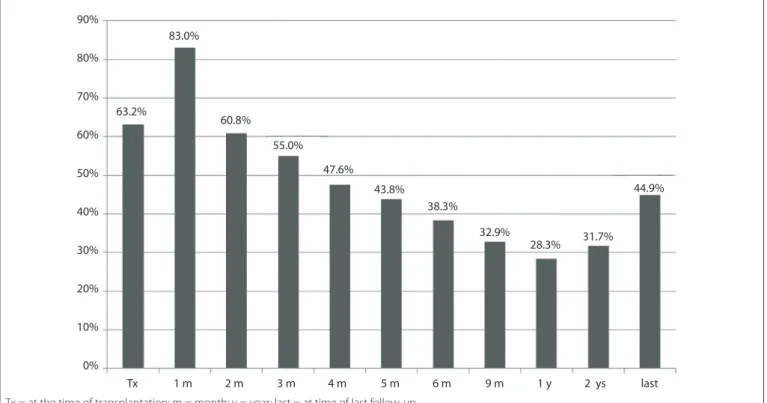Sao Paulo Med. J. vol.131 número6
Texto
Imagem


Documentos relacionados
he results from this pilot study showed that transcranial direct current stimulation was well tolerated and that cathodal transcra- nial direct current stimulation of the
Instituto de Biociências (IBB), Universidade Estadual Paulista (Unesp), Botucatu, São Paulo, Brazil..
In the present study, we observed increased mRNA expression of the perforin and TIM-3 genes in peripheral blood samples of patients that underwent acute renal graft
Severe hemolytic anemia post-renal transplantation produced by donor anti-D passenger lymphocytes: case report and literature review. Transfus
What have 20 years of data from the North American Pediatric Renal Transplant Cooperative Study taught us about growth following renal transplantation in infants, children,
This study aimed to compare the prevalence of DGF, graft and patient survival, and renal function one year after transplantation in patients given ECD kidneys versus patients
In a phase 2b trial, tofacitinib was equivalent to cyclosporine in prevent- ing acute rejection and was associated with improved renal function and less chronic allograft disease..
In lung transplant recipients, renal dysfunction was estimated to be 10% at 1 year, 23% at 5 years and 35% at 7 years post-transplantation (67); 21% of intestinal transplant